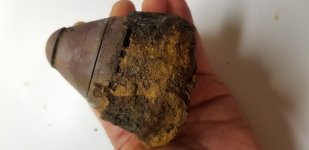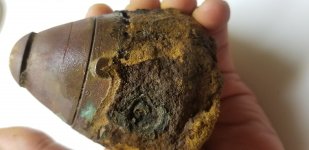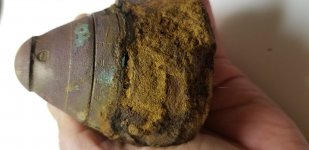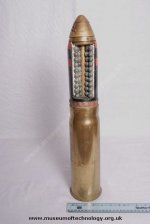BenVa68
Hero Member
- Mar 9, 2018
- 504
- 1,731
- Detector(s) used
- Technetics T2+ Equinox 800
- Primary Interest:
- Metal Detecting
I dug these today at a new spot near a Civil war fort which i wont name to keep the location private but i dug both of them near each other and they were deep. I also dug an Enfield and several roundballs. They resemble the top part of a Hotchkiss shell to me but im not sure. I hope so. These would be my first shells of any type . Can anyone help identify them? I know they are in rough shape but i havent had a chance to clean them yet and i was excited.
Amazon Forum Fav 👍
Attachments
-
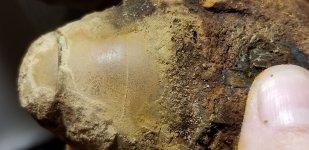 20190611_212725.jpg1 MB · Views: 62
20190611_212725.jpg1 MB · Views: 62 -
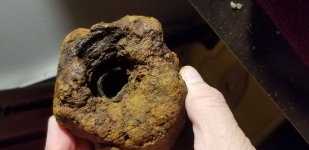 20190611_212649.jpg787.7 KB · Views: 64
20190611_212649.jpg787.7 KB · Views: 64 -
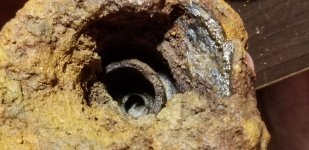 20190611_212635.jpg900 KB · Views: 57
20190611_212635.jpg900 KB · Views: 57 -
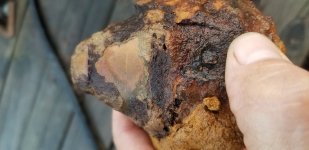 20190611_195144.jpg975.3 KB · Views: 54
20190611_195144.jpg975.3 KB · Views: 54 -
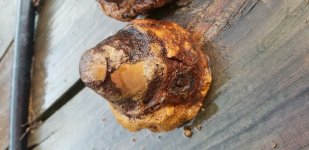 20190611_195110.jpg975.8 KB · Views: 56
20190611_195110.jpg975.8 KB · Views: 56 -
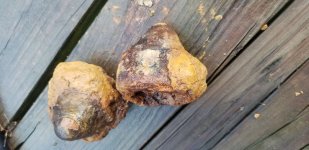 20190611_195228.jpg911.6 KB · Views: 59
20190611_195228.jpg911.6 KB · Views: 59 -
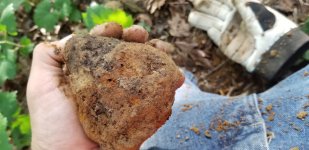 20190611_185220.jpg811.2 KB · Views: 54
20190611_185220.jpg811.2 KB · Views: 54 -
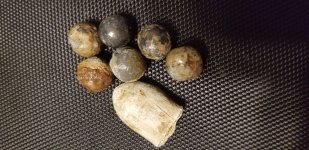 20190611_204559.jpg1.2 MB · Views: 70
20190611_204559.jpg1.2 MB · Views: 70 -
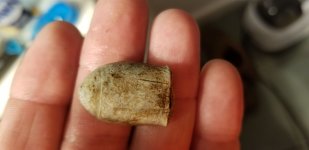 20190611_204511.jpg475.6 KB · Views: 55
20190611_204511.jpg475.6 KB · Views: 55



